|
IDEM leadership joins Citizens Energy Group in celebrating the completion of DigIndy, an underground tunnel system in Marion County. The project aims to divert billions of gallons of wastewater annually from Hoosier rivers and streams and fulfills plans to address nearly all combined sewer overflows in Central Indiana. |
|
“I am proud of the work of our permitting and compliance teams, who have taken a wholesale approach to protecting Indiana’s water quality. ‘Measurable’ is an understatement,” said Martha Clark Mettler, Assistant Commissioner of IDEM’s Office of Water Quality. “Their passion and diligence have led to safer, cleaner water for Hoosiers in every corner of our state.” Indiana’s CSO reductions are the result of sustained investment and oversight of Long-Term Control Plans (LTCPs), which all CSO communities are required to implement. Municipal utilities across the state have implemented various solutions to mitigate overflow events during wet weather. These include underground storage tunnels, expanded treatment capacity, green infrastructure, and sewer separation projects. According to data compiled by the U.S. Environmental Protection Agency (U.S. EPA), Indiana is a national leader in submitted LTCPs. Indiana has 110 designated CSO communities with combined sewer infrastructure (the most of any state in the country). As of 2025, every CSO community has submitted an LTCP, with 69 in full implementation. “Indiana’s vast progress in reducing sewage releases represents one of the single greatest improvements in statewide water quality for Hoosiers,” said Commissioner Woods. “Clean water means safer recreation, healthier ecosystems, and more vibrant communities.” Municipal utilities across the state have implemented various solutions to mitigate overflow events during periods of heavy rainfall. Notable successes in CSO communities controlling discharges include:
|



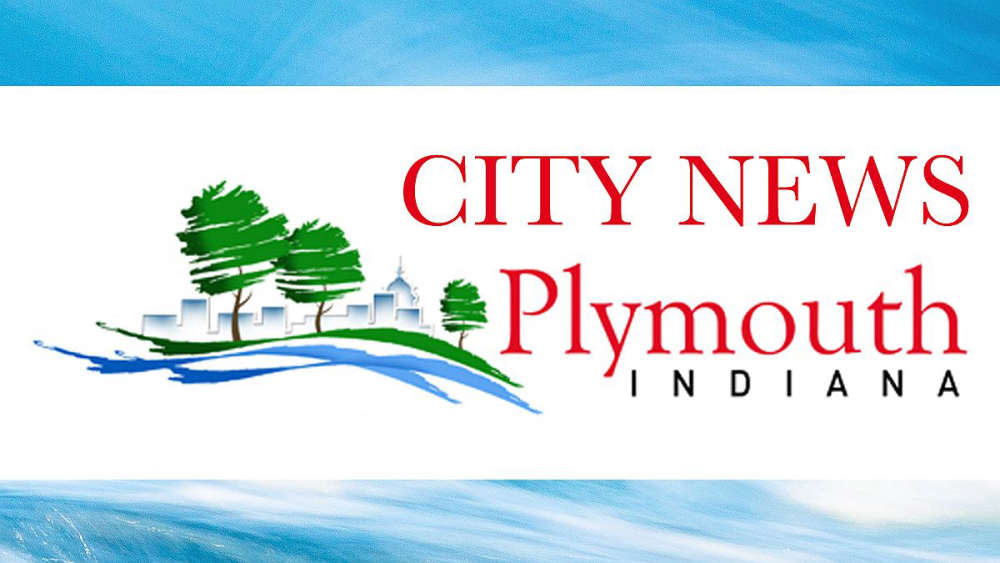 Plymouth Board to review single $200 bid for surplus ambulance
Plymouth Board to review single $200 bid for surplus ambulance
 Marshall County officials to hold year-end budget, appointment meetings
Marshall County officials to hold year-end budget, appointment meetings
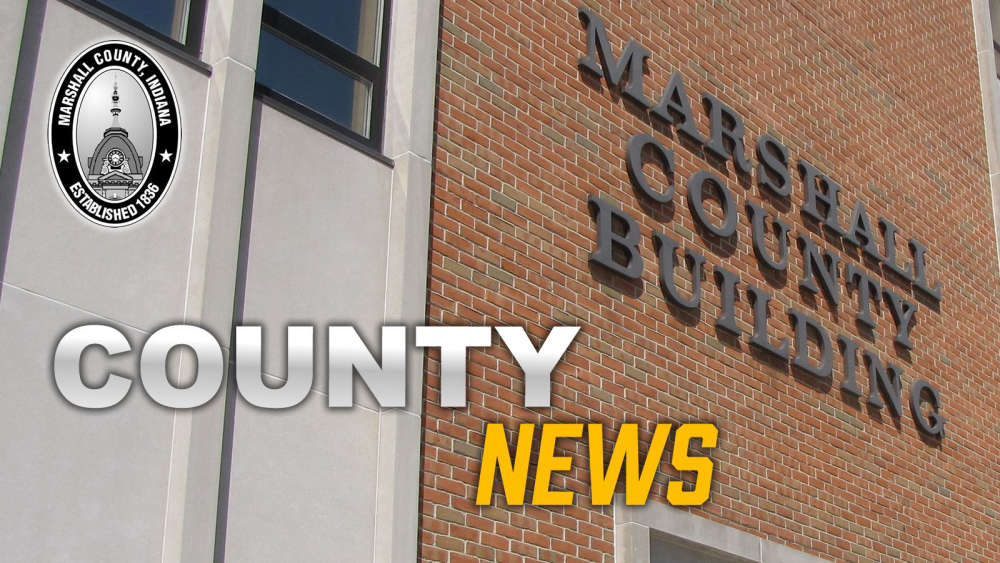 Marshall County Public Defender Board to review new contracts
Marshall County Public Defender Board to review new contracts
 Heartland Art Center launches "The Artist's Table" dining experience
Heartland Art Center launches "The Artist's Table" dining experience
 BMV shatters kiosk transaction goal
BMV shatters kiosk transaction goal
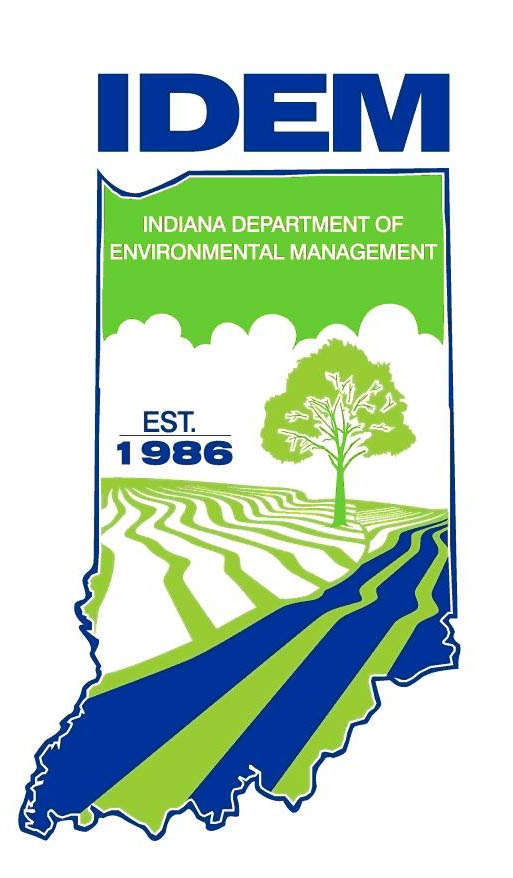 Indiana advances coal ash permitting program, marking major step in Environmental Leadership
Indiana advances coal ash permitting program, marking major step in Environmental Leadership
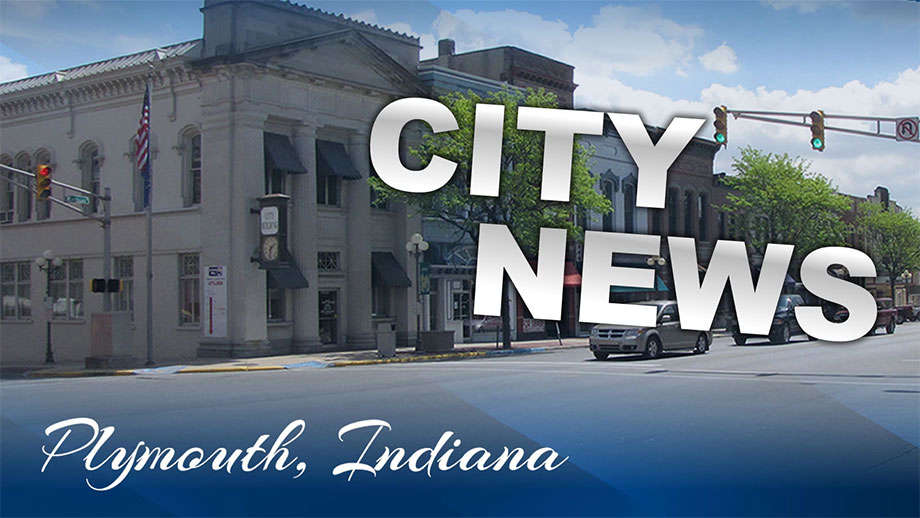 Plymouth Council tables $25,000 request for Housing Crisis Response Team
Plymouth Council tables $25,000 request for Housing Crisis Response Team
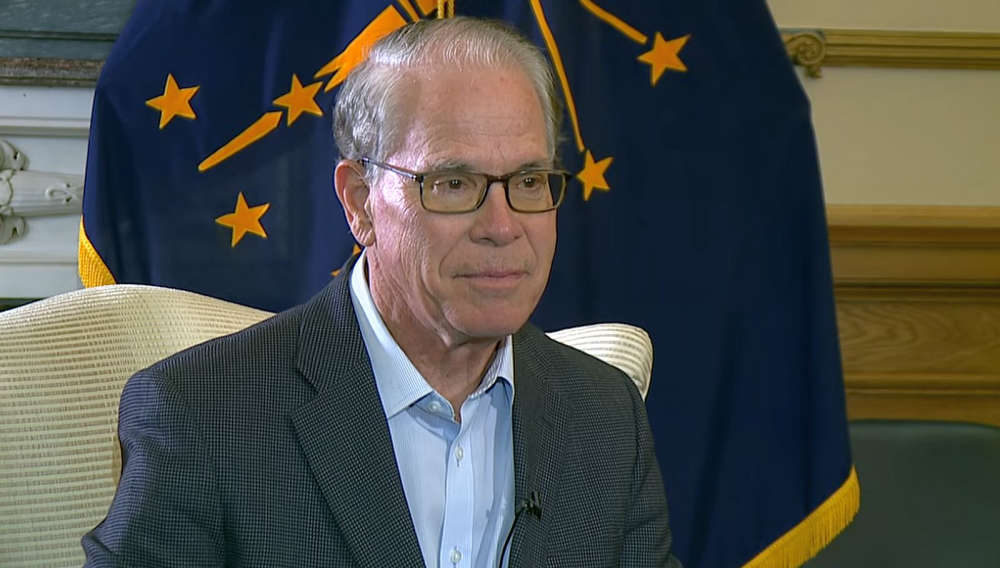 Governor Braun applauds new Regional-Led Innovation Development District in South Bend
Governor Braun applauds new Regional-Led Innovation Development District in South Bend




